A new study by Central Electricity Authority, under India’s power ministry, finds a generation capacity of 777 GW with renewables forming 62.4% (485 GW), supported by 41.65 GW/208.25 GWh of battery energy storage systems, is the least cost and operationally feasible mix for India to meet its electricity demand during the year 2029-30.
The renewables mix comprises 53.9 GW of large hydro, 18.9 GW pumped storage, 292.6 GW solar PV, 99.9 GW wind, 14.5 GW biomass, and 5.3 GW from small hydro plants.
The balance of the overall 777 GW includes 251.6 GW of coal- and lignite-based capacity, 24.8 GW gas-based capacity, and 15.48 GW of nuclear-based capacity.
The study took into account the projected regional peak electricity demand and electrical energy requirement in the year 2029-30 to find out the optimal generation capacity mix for the year 2029-30.
The study was carried out using a state-of-the-art computer Generation Expansion planning model. The model determined the least cost optimal expansion path to arrive at the optimal generation capacity mix for the year 2029-30, taking into account all the technical/financial parameters associated with various power generation and storage technologies for the study period and challenges, if any.
“The likely share of thermal installed capacity reduces to 35.5% of the total installed capacity in 2029-30 as compared to 57% as of March 2023, while the RE based Installed capacity in 2029-30 (including large hydro) increases to 62.4% of the total installed capacity as compared to 41.4 % as of March 2023,” according to the study.
The overall non-fossil capacity (including nuclear) can be about 64% (500.6 GW) of the total 777 GW installed capacity in 2029-30.
As of March 2023, India’s installed capacity was 415.4 GW, which comprises 236.68 GW from thermal (211.8 GW coal + lignite and 24.8 GW gas), 6.78 GW nuclear, 171.8 GW RES (42.1 GW hydro, 66.8 GW solar, 42.6 GW wind, 4.7 GW small hydro, 4.8 GW pumped storage, 10.8 GW bio-power).
This content is protected by copyright and may not be reused. If you want to cooperate with us and would like to reuse some of our content, please contact: editors@pv-magazine.com.
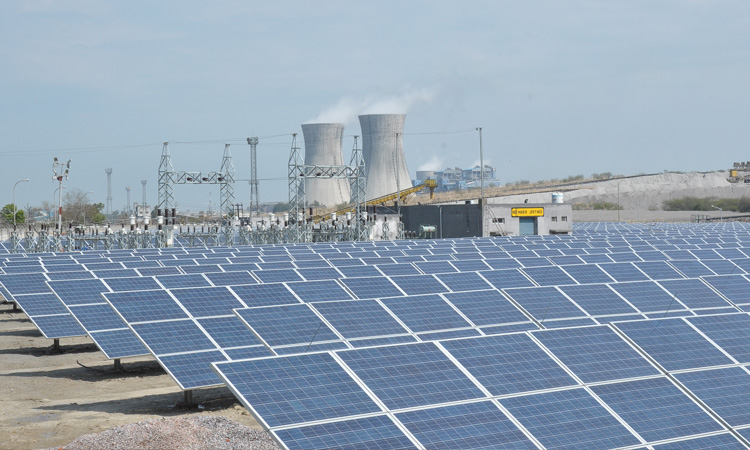



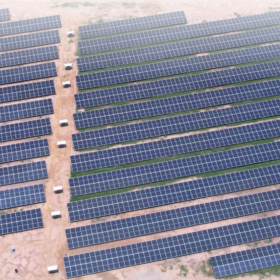
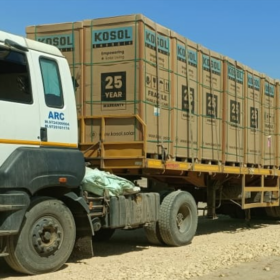

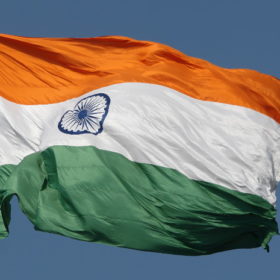
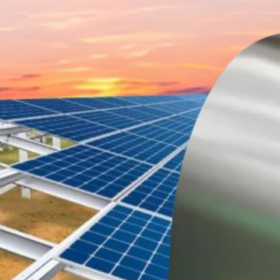
1 comment
By submitting this form you agree to pv magazine using your data for the purposes of publishing your comment.
Your personal data will only be disclosed or otherwise transmitted to third parties for the purposes of spam filtering or if this is necessary for technical maintenance of the website. Any other transfer to third parties will not take place unless this is justified on the basis of applicable data protection regulations or if pv magazine is legally obliged to do so.
You may revoke this consent at any time with effect for the future, in which case your personal data will be deleted immediately. Otherwise, your data will be deleted if pv magazine has processed your request or the purpose of data storage is fulfilled.
Further information on data privacy can be found in our Data Protection Policy.